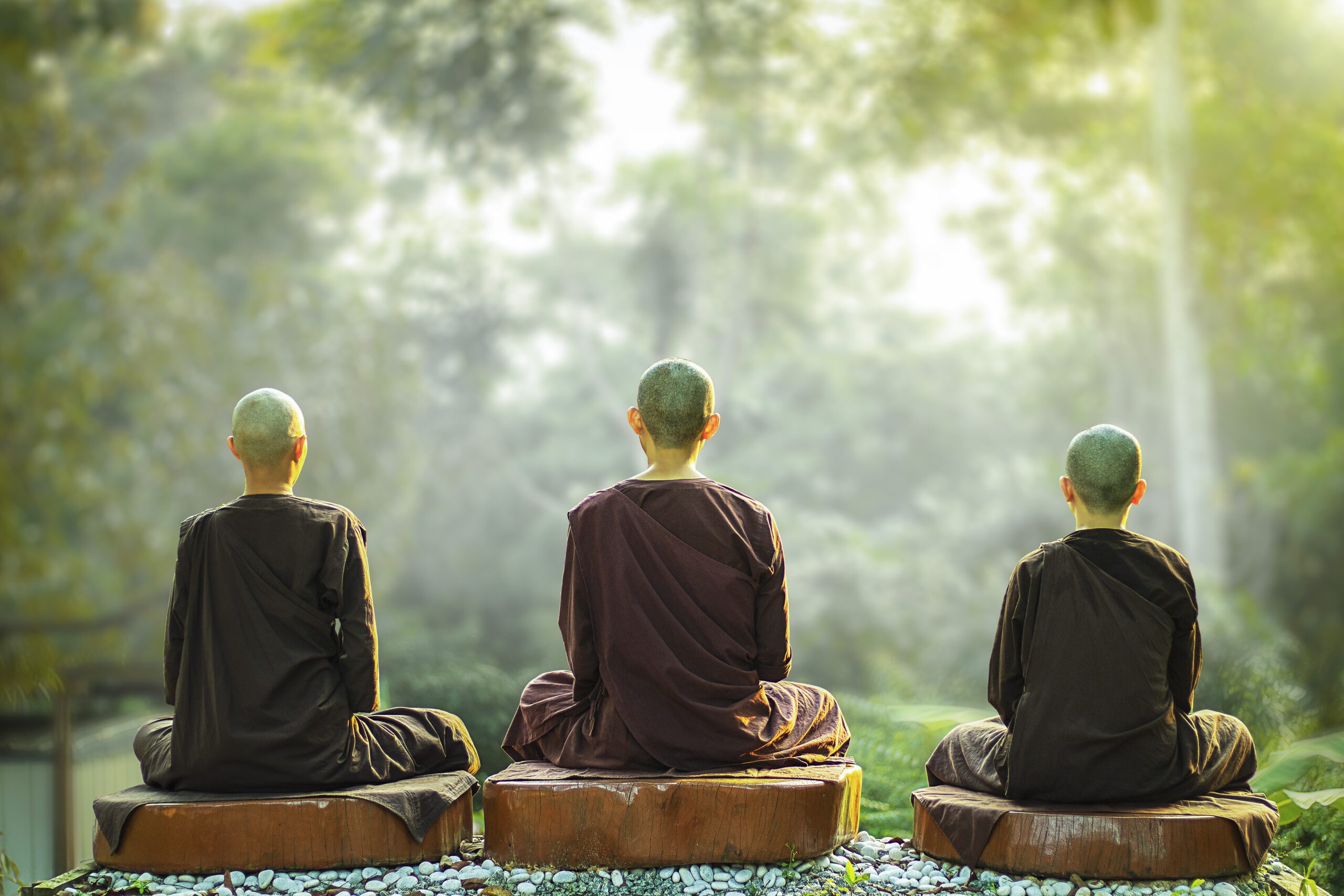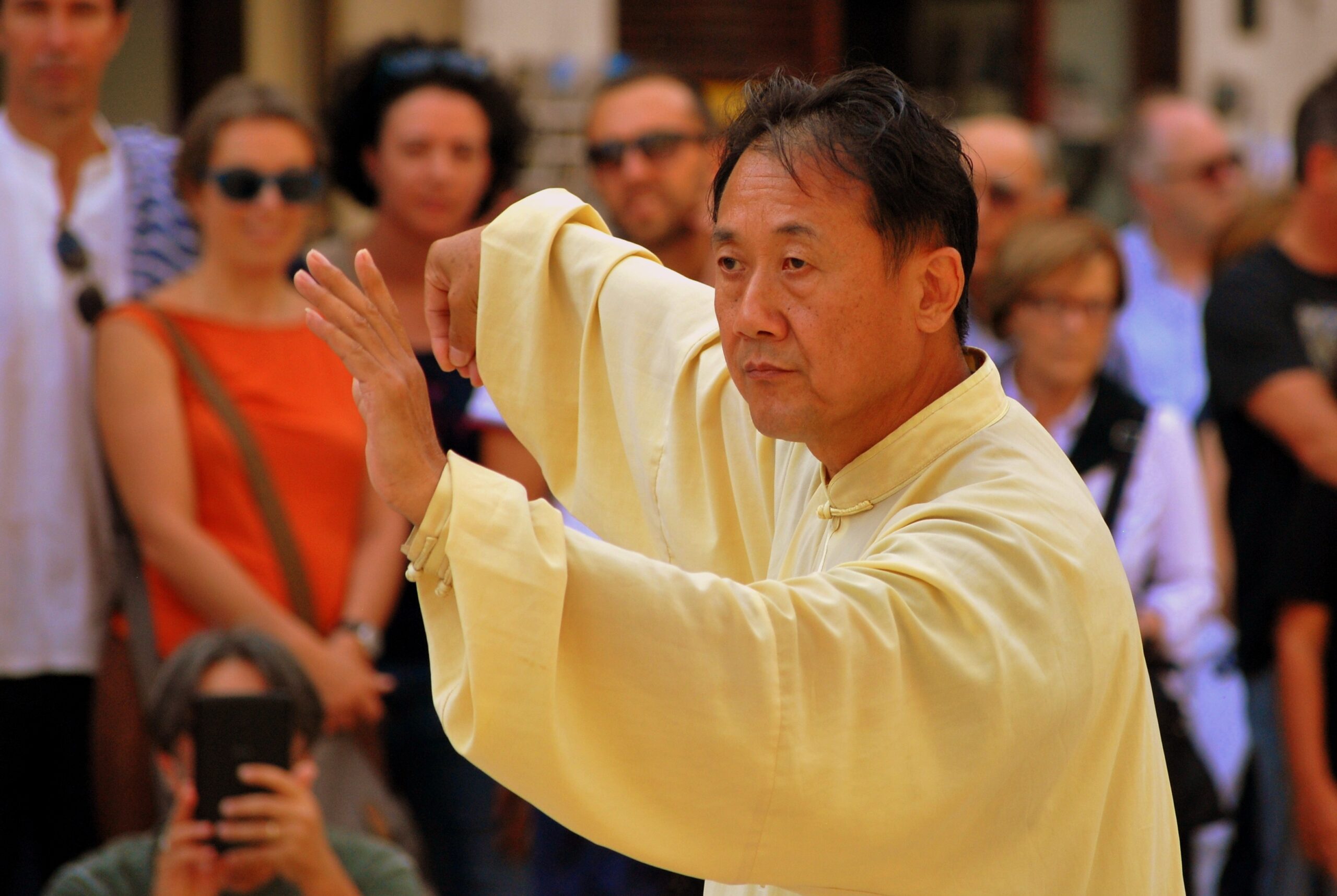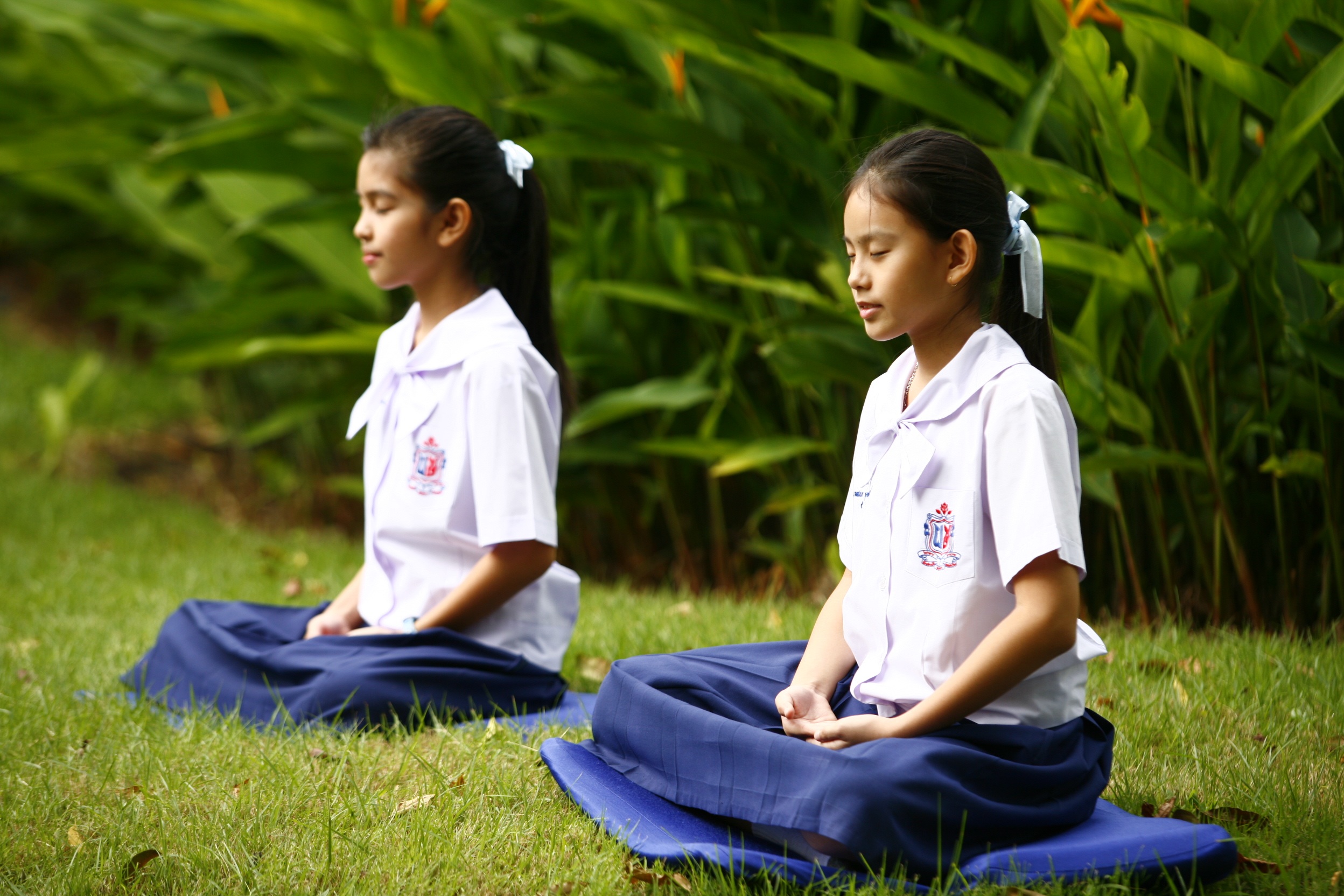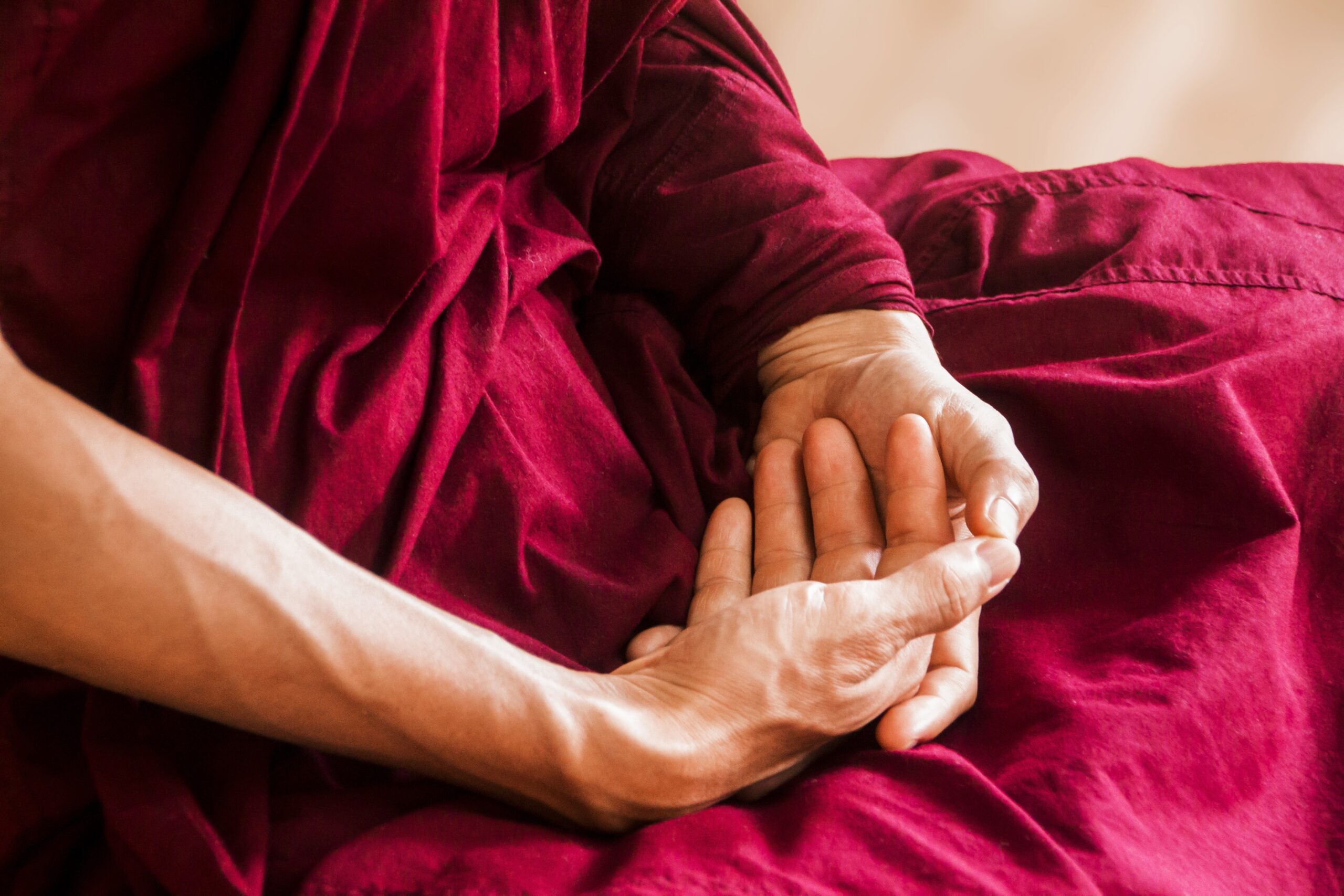Qigong Back Exercise For Back Problems
Qigong back exercise is perfect for relieving back pain by realigning the vertebrae, thereby relieving pressure, correcting posture, and allowing the chi energy to flow smoothly through the spinal column, thus healing scoliosis and a host of other back problems.
The qigong horse stance provides the needed support and good posture that realigns the spine and removes pressure from painful trigger points. I have helped many students with chronic back problems, even some who have suffered pain for over twenty years.
One woman who stood little more than four feet tall (a little over a meter) had a severely crooked back and was in constant pain. After six months of practicing the qigong back exercises, she was free of most of the back pain.
To her surprise, she discovered her scoliosis was not as severe as before, and she gained three inches in height! I have no doubt that with longer practice, she will continue to gain “inches” in progress.
However, do not expect instant miracles from qigong. Chronic back pain is difficult to remedy: it took years for you to acquire chronic back pain and it will take time to fix it. Fortunately, however, regular practice of qigong back exercise will take less time to relieve you of that pain than the time for you to develop the causes.
If you don’t have chronic back pain, that’s okay: Practice this qigong horse stance and you can still benefit and prevent future back problems.
There are two basic stances practiced in all martial arts: the Mabu or Horse Stance and the Bow Stance. Unlike external arts, qigong stances require more relaxed postures and are therefore more difficult for some people to master. However, with regular practice of these ideal back exercises, you will find the benefits well worth the effort.
Qigong Horse Stance:
The Perfect Exercise for Realigning Posture
& Correcting Back Problems
- Stand with your feet shoulder-length apart, measuring from your inside heels. Your toes should be pointed slightly inwards or parallel to each other.
- Knees should always be slightly bent and leaning out slightly.
- There is part of a groin area know in Chinese as Kua, where your hip and thighs form a crease. The kua must always be indented.
- The spine should be straight, the tailbone tucked in. Visualize hanging from a piece of thread from the top of your head, the rest of your trunk sinking down, just as if you were about to sit down on an imaginary chair.
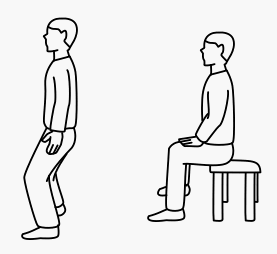 If you are standing properly, the back of your thighs and buttocks should be totally relaxed. They should shake like jelly when you pat them. If you are doing this stance properly, you should feel immediate relief from back pain.
If you are standing properly, the back of your thighs and buttocks should be totally relaxed. They should shake like jelly when you pat them. If you are doing this stance properly, you should feel immediate relief from back pain. - If you have trouble with this stance, start off practicing the back exercise by sitting on the edge of a chair. Only your buttocks should be on the seat, not your thighs.
- Your feet should be planted flat on the ground, again shoulder-width apart, toes pointed forward, parallel to each other. Your knees should be bent ninety degrees, your back straight, but not rigid, and your shoulders relaxed.Feel the back of your thighs. They should not be tense. If you pat them, they should shake like jelly.
- Now raise your trunk slowly so that you are now standing in a horse stance position. The back of your thighs should still be relaxed.Don’t worry if you don’t succeed with the qigong horse stance right away. It’s actually better for your back to practice sitting and rising in this manner several times, so consider this as part of the back pain exercise.Each time when you rise, feel the back of your thighs and buttocks. If they are still tense, repeat the back exercise from a sitting position on the edge of a chair.
- If you still have trouble getting into a correct standing position, try standing and using the back of a wall for support. Stand about six inches (15 cm.) away with your back to the wall. Then lean your back to the wall and slide a few inches downward to bend the knees and straighten out your vertebrae, as if you are about to sit down.Lean into the wall to take some of the pressure off your legs. Now feel the back of your thighs. It should be much easier to relax those muscles in this position.
Major points to remember:
- The kua should be indented, knees slightly bent.
- Your back is straight, tail bone tucked in.
- Visualize hanging by a thread from the top of the head, trunk sinking down.
- The back of the thighs should wobble like jelly.
Congratulations. You have just learned the qigong horse stance. Practice this exercise daily to realign vertebrae and correct your posture. If you have scoliosis or back injuries, qigong stances will relieve these back problems too, but you need to practice regularly before seeing results.
Thank you for letting me share my passion with you. Did you enjoy the free back exercise lesson? If so, please consider helping me spread the word about this website.
This website relies solely on the small income I generate through generous donations and the inexpensive ecourses I charge.
Please consider lending your support by purchasing my ecourses, by sharing this website with your friends and acquaintances, by posting my link on your own website if you have one, or by making a small financial contribution in exchange for some invaluable thank-you gifts.
Thank you again and be well.
